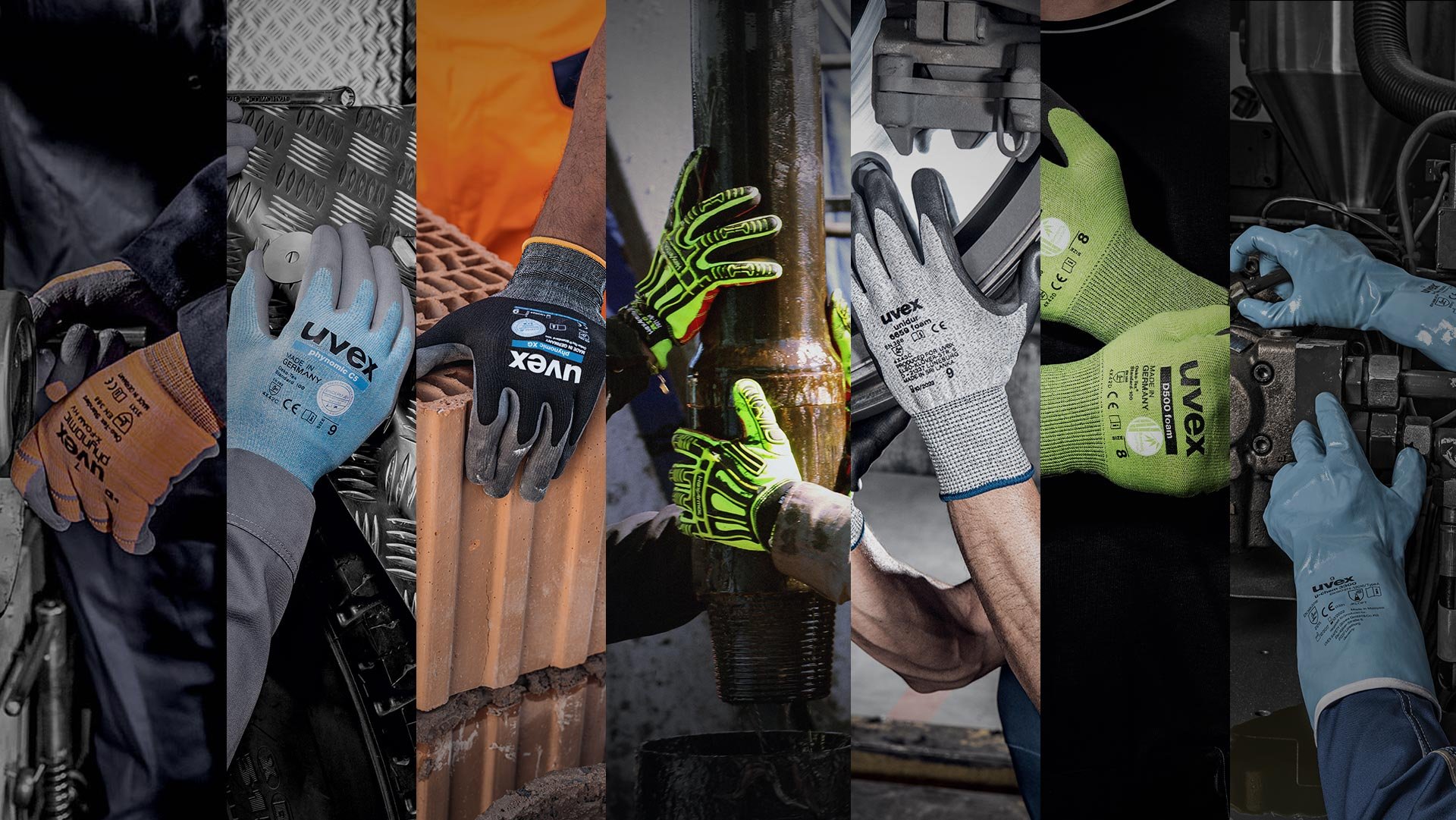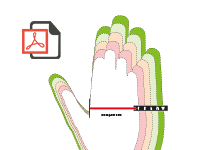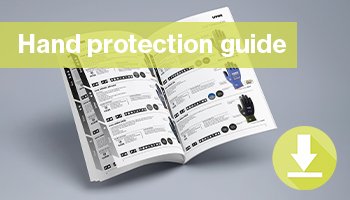When you begin a glove trial, it is important to consider as many application-specific issues as possible. Answer these questions in detail:
What hazards are present?
Conduct a thorough assessment and list all existing and potential hazards. These may include metal, glass, wood, sawing or cutting tools, blades or knives, wire, needles, hammers, scaffolding joints, pipes, insulation, connections, etc. Are there cut hazards in the form of long, sharp edges? What about a possible pinch and smash injuries from dropped tools, rocks, pipes, etc.?
How much protection is needed?
The type of glove and protection levels will depend on the application. Check for cut, abrasion, and puncture risk to determine your glove’s cut level, as well as impact hazards in case your glove needs back-of hand impact protection. Some applications require heat resistance, anti-vibration padding, or chemical-exposure protection as well.
What kind of dexterity is required?
Glove dexterity on the job must be considered, especially if workers are removing their gloves to complete high-dexterity tasks. Ask yourself: Do your workers require a high level of tactile sensitivity in order to do their jobs? Will they be picking up small parts or handling sheets of plywood or steel beams?
Where is the job being performed?
The location where your employees are doing the majority of their work will have an impact on glove selection. Are they indoors or outdoors? Is it an excessively hot or cold environment? Are there other factors pertinent to the job that may cause an issue, such as working around oil pipes or handling lumber, steel, or glass?
Are there potential grip issues?
A glove’s palm material must be designed to offer appropriate grip characteristics per application, as poor grip can lead to increased hazards from dropped tools and knives, in addition to increased fatigue and strain. Pay attention to tasks that could affect worker grip, such as applications involving mud, oils, cleaning fluids, and other workplace substances.
What is the temperature of the materials being handled?
Do workers regularly handle tools or parts that are extremely hot or cold? This can affect glove properties such as grip, protection, and durability.
Are there any corrosive materials?
Consider whether there are fluids like solvent or acids present that could break down the glove fibers or coating.














